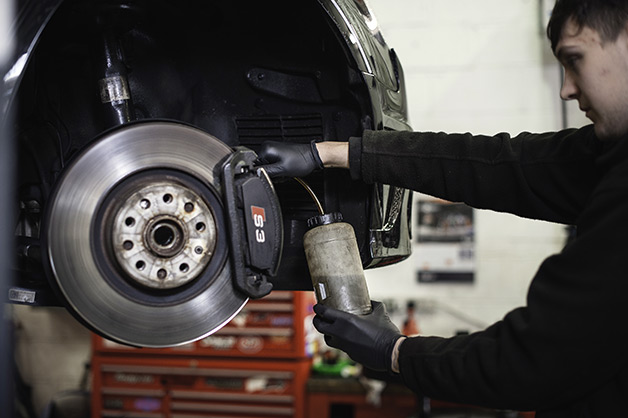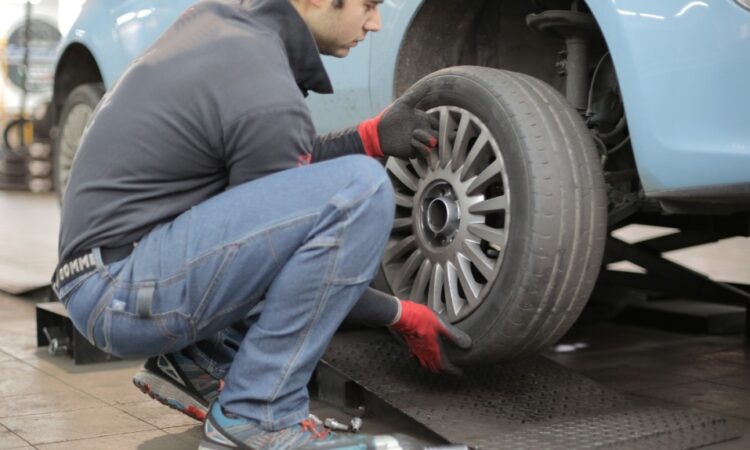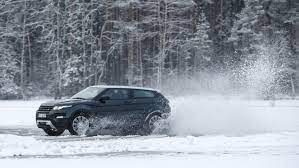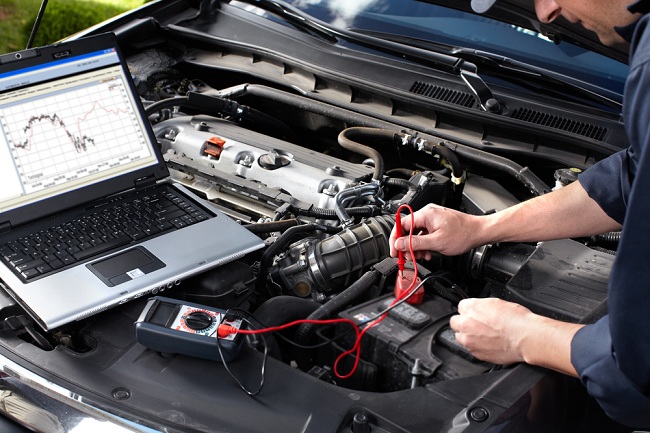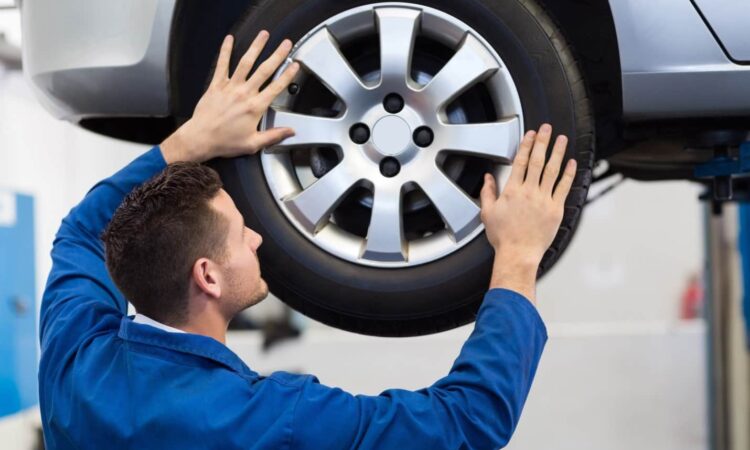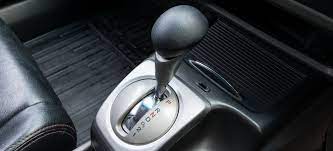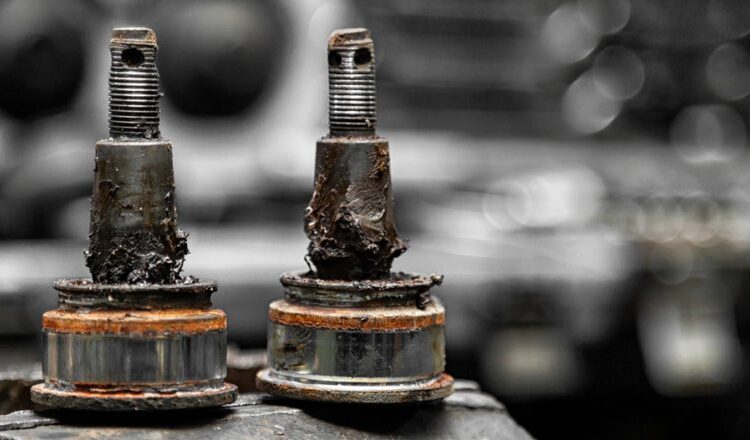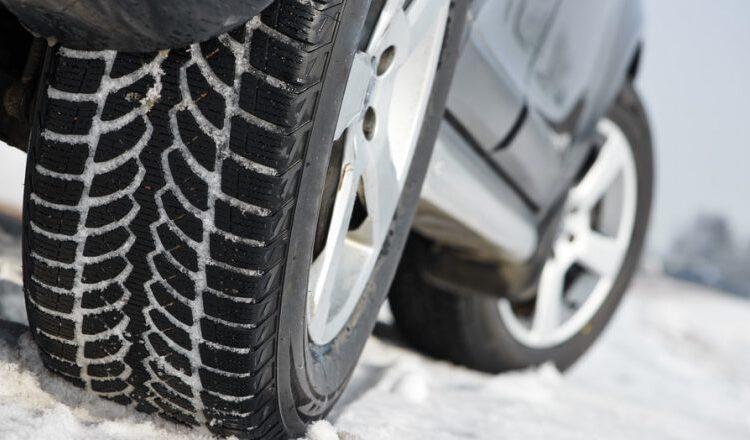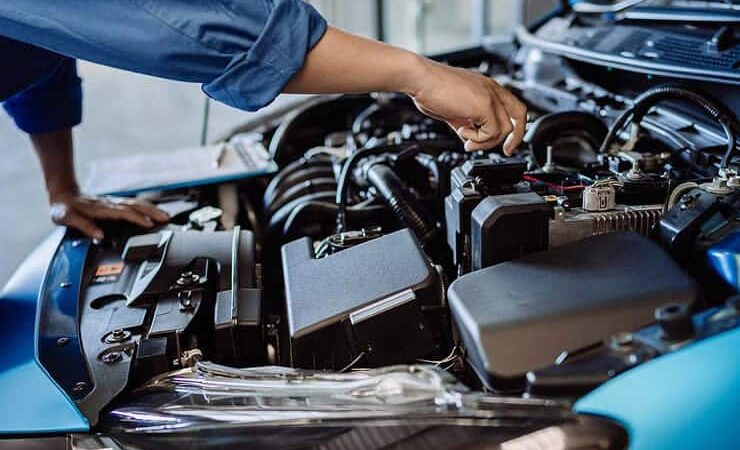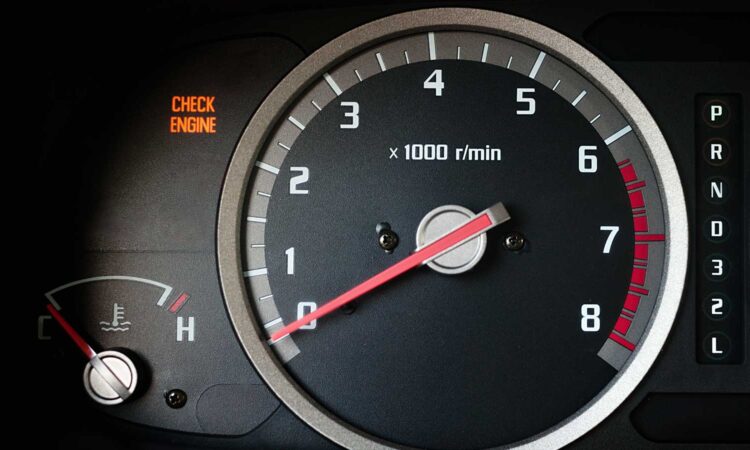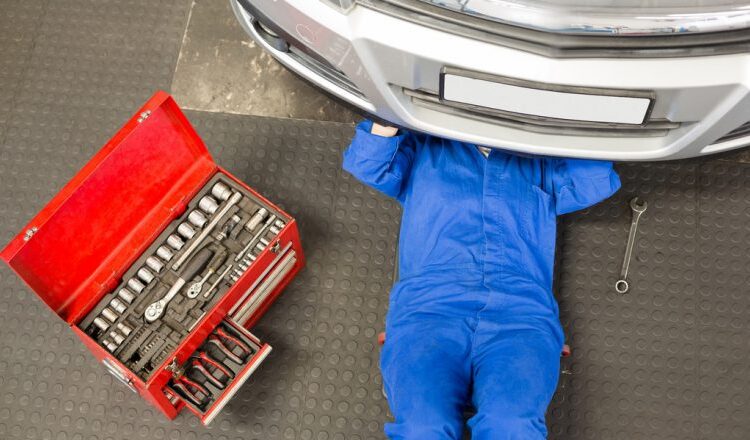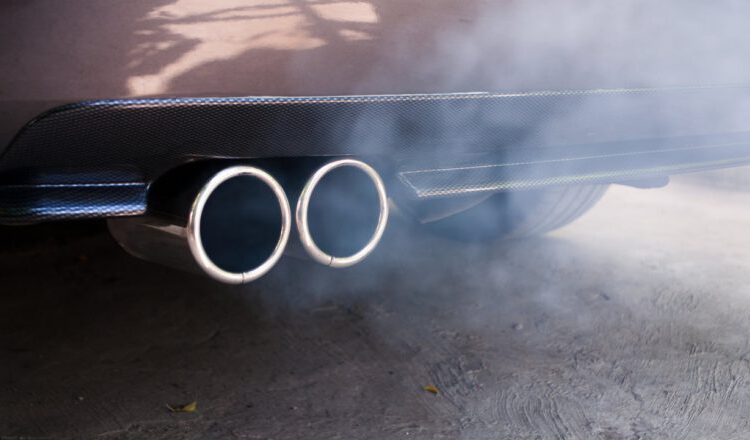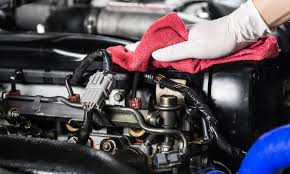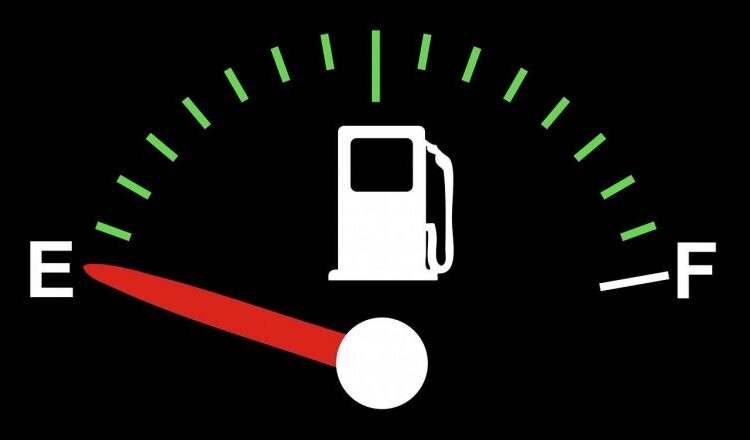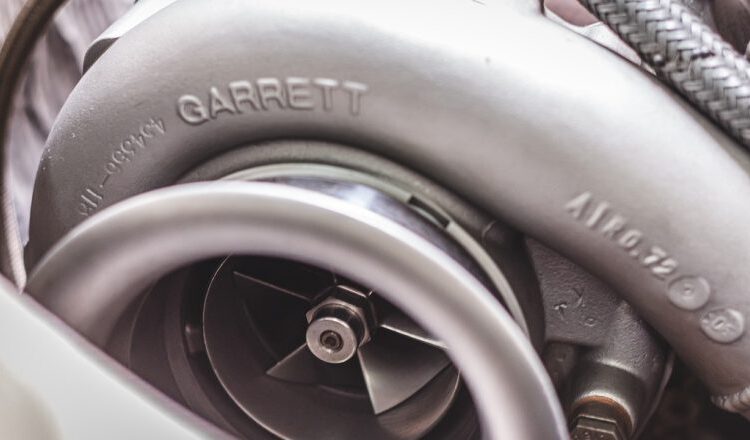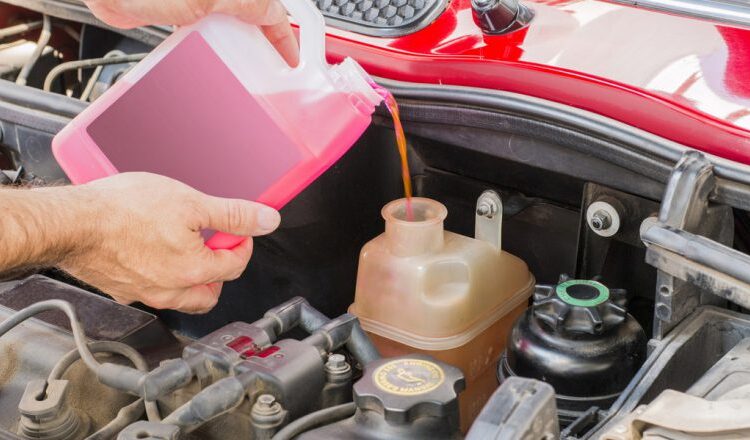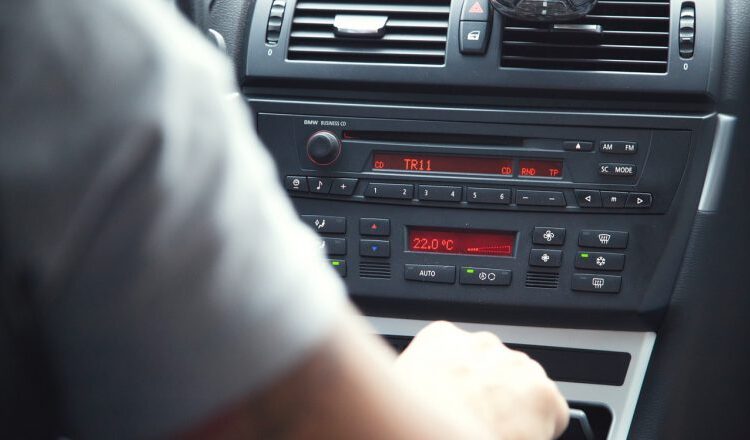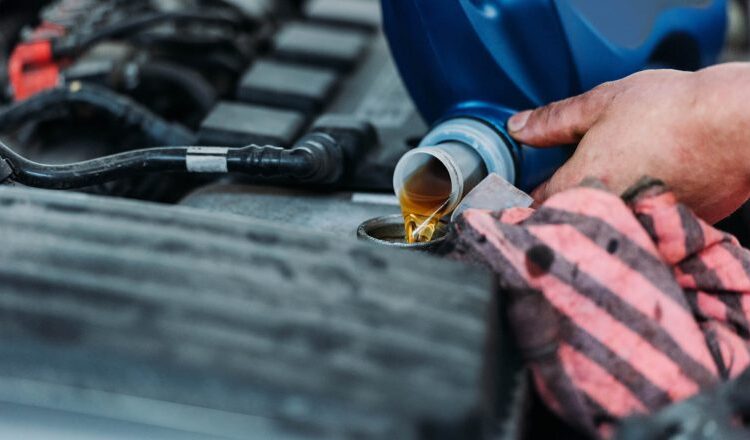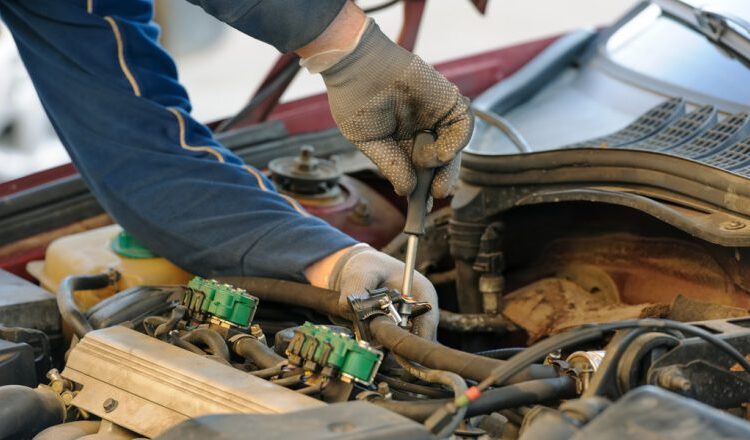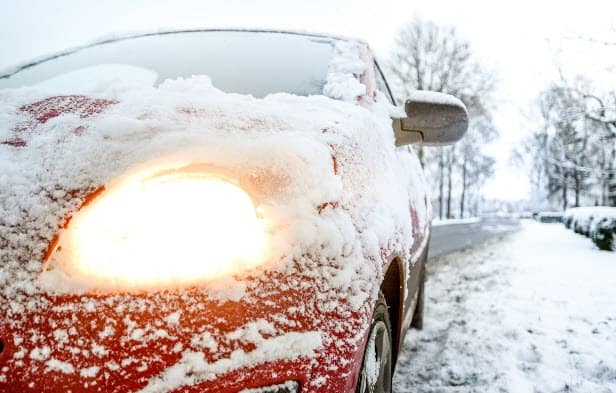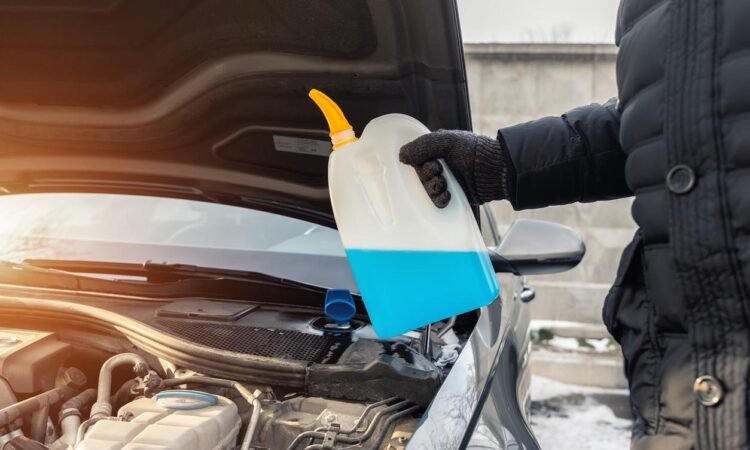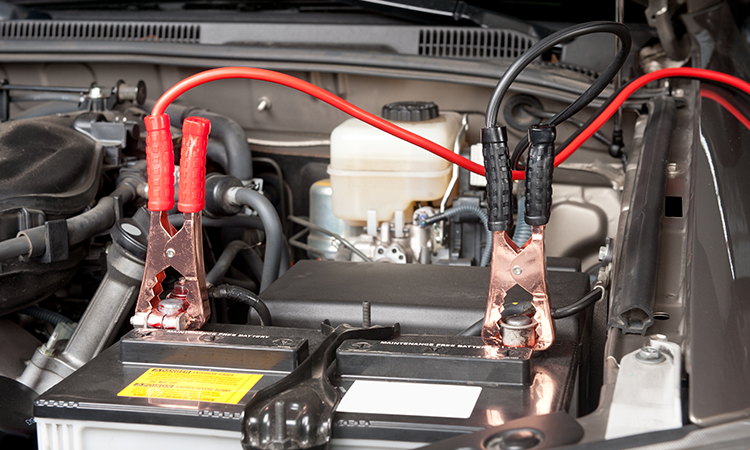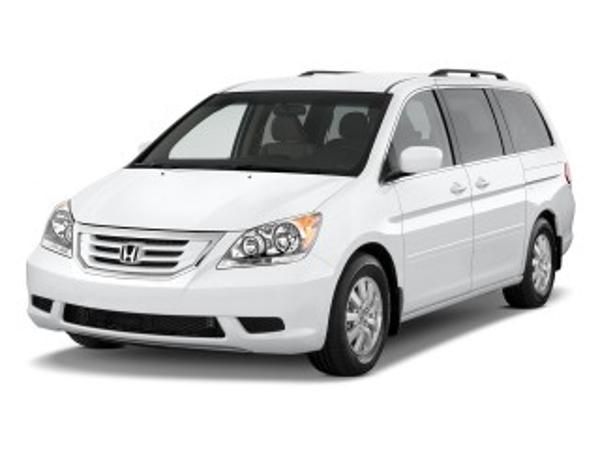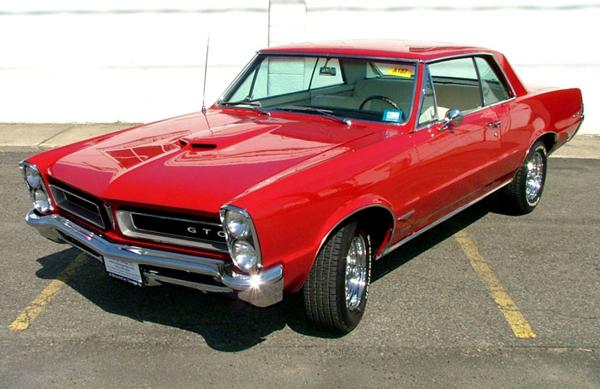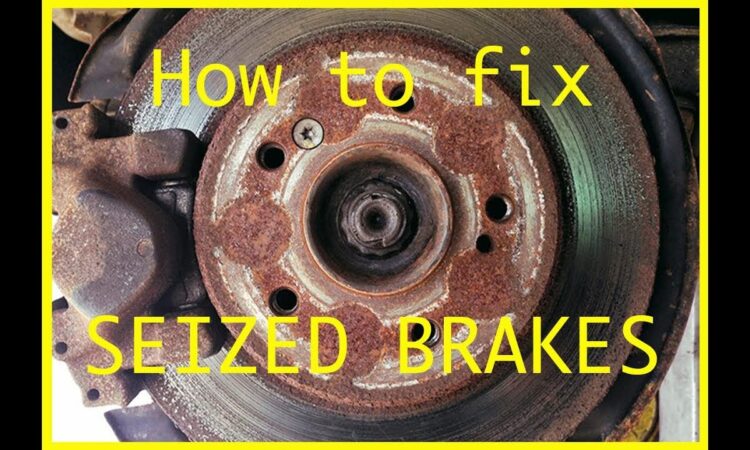
Seized brakes pose a significant issue, greatly impacting a vehicle’s performance and safety. Fortunately, resolving this problem can be achieved quite easily, without the need for a mechanic’s assistance. Learn what steps to take when your car’s brakes start to seize.
Seized brakes typically stem from the contamination of the braking system with carbon deposits, which may result from residual brake fluid and other accumulations during regular operation. The primary culprits for a locked system are the brake pistons. If these pistons seize, the brake shoes progressively hinder the wheels, and overheated brake fluid diminishes the responsiveness to pressing the brake pedal.
Symptoms of Seized brakes
The most prevalent indication of locked-up brakes is a noticeable reduction in braking effectiveness. Additionally, excessively hot rims and the release of a metallic or burning odor from the area around the wheels are indicators of defective brake pads. Additionally, a black coating may appear on the wheels, signifying dust from overly worn brake pads. Reduced performance and increased fuel consumption may also be linked to locked-up brakes.
When suspicions arise regarding the braking system’s integrity, it is advisable to remove the wheel and inspect the brake discs. The presence of rust or tarnishing on the discs may suggest that the pads lack direct contact with the disc, serving as another indication of a locked system. Additionally, scrutinizing the pistons for tightness is crucial. Blocked brake pistons may manifest as localized fluid leaks. Lastly, the brake pads’ squeaking, especially when initiating slow movements, indicates their rubbing against the disc without returning to their original position.
Seized brakes arising after parking
The origins of brake complications often stem from routine operational oversights. When our car sees infrequent use or is limited to short distances, the braking system undergoes heightened stress. Therefore, it is advisable to address seized brakes by executing sharp braking maneuvers several times on an empty road after coming to a stop. This action helps dislodge some of the deposits present in the system.
Handbrake stickiness
Another potential source of problems within the entire system is the handbrake mechanism. A sticky handbrake becomes apparent when, upon releasing the lever, the brake fails to disengage, creating additional friction during driving and leading to overheating of the braking system.
Similar to the previous scenario, the presence of corrosion significantly impacts proper functionality, and this time, our focus should be on examining the emergency brake cable. During the winter, there is a likelihood of the cable freezing, causing a blockage in the system. Additionally, it is crucial to inspect the return springs, which can deteriorate over time, develop cracks, and lose elasticity, resulting in incomplete release of the “manual” mechanism.

Locked brakes – common causes
Seized brake piston
One of the primary areas to investigate when dealing with locked brakes is the brake pistons mentioned earlier. Examination of their sockets is crucial to identify issues such as tightness, corrosion, and proper functionality. A piston covered in dirt or rust may struggle to revert to its original position upon pressing the brake pedal, resulting in a weakened response from the brake shoes. Attempting to restore the piston by cleaning off deposits and applying high-temperature-resistant grease can be a do-it-yourself solution. However, if the piston is excessively corroded, replacement becomes necessary.
Seized Brake caliper guides
Another potential cause of locked brakes is seized caliper guides. When the caliper guides become stuck, the clamps lose their position and fail to move along the yoke axis, leading to damage to the cover seal. Applying a small amount of grease to the inside of the guides can serve as a simple remedy. If this proves ineffective, replacing the seals with new ones becomes essential.
Worn brake pads
Excessively worn brake pads can also result in locked brakes. In such instances, removing the wheel and closely examining the pads is crucial. If replacement is necessary, it is advisable not to delay this operation. Additionally, checking the braking power on a dynamometer at a diagnostic station can be a prudent step.
Sludge in the brake fluid
Locked brakes may also be attributed to sludge and debris present in the brake fluid, possibly accumulated during prolonged periods of parking, or detached pieces of rubber from stiffened cables. This situation hampers the movement of the master cylinder piston, reducing fluid pressure throughout the system and affecting brake operation. Replacing the fluid and having the pump regenerated by a specialist is a common solution, while in extreme cases, it may require purchasing a new part.
Seized brakes. What to do if a fault occurs?
When confronted with locked brakes, although the car is usually not immobilized, it can pose a significant challenge, diminishing both performance and safety, particularly at high speeds. The basic remedies outlined above provide a guide for addressing locked brakes independently. Regularly removing the wheels, especially before winter, and disassembling external braking system components can ensure optimal conditions, minimizing the risk of serious failures. For more complex issues involving components like the brake master cylinder, seeking assistance from a mechanic is essential.

